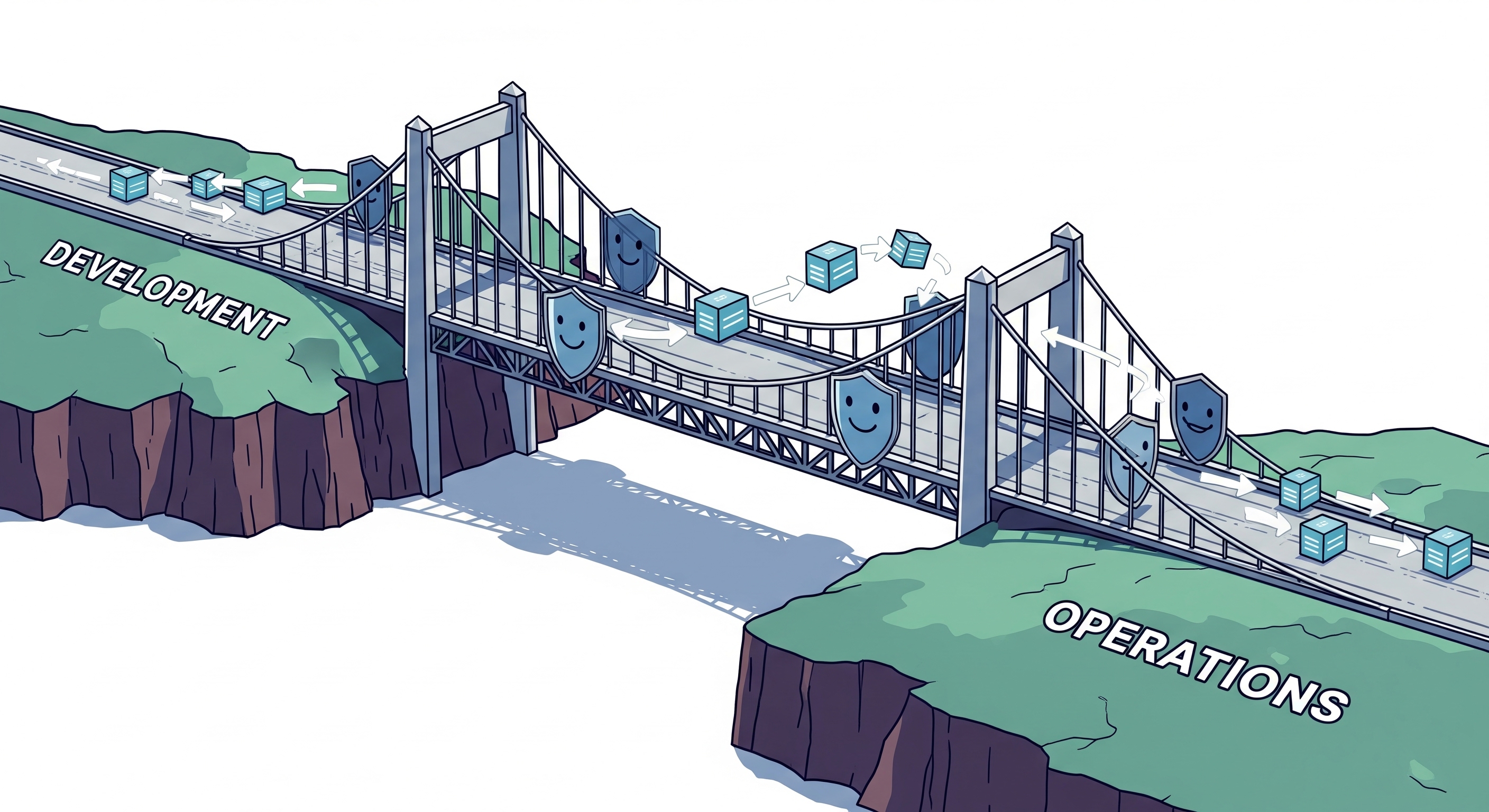“Shift left.” It’s been the rallying cry of DevSecOps for years. The principle is simple and sound: integrate security testing earlier in the software development lifecycle (SDLC). By catching vulnerabilities in the coding and building phases, you can fix them faster and cheaper, long before they reach production.
The reality, however, has been less of a smooth shift and more of a jarring lurch.
Many organizations, in their rush to shift left, have simply transplanted old-school security gates into the CI/CD pipeline. They’ve hooked up traditional static analysis (SAST) tools, configured them to be highly aggressive, and then watched in frustration as builds grind to a halt. Developers are suddenly bombarded with a torrent of “vulnerabilities” that are often low-risk, irrelevant, or outright false positives.
The result? Developers start seeing the security stage as a roadblock—a noisy, unreliable gatekeeper that slows down innovation. They either start looking for ways to bypass it, or they become desensitized to the alerts, defeating the very purpose of shifting left. This isn’t a secure pipeline; it’s a shipwreck waiting to happen.
The Friction of a Flawed “Shift Left”
A poorly implemented shift-left strategy creates friction and fails for several key reasons:
- Lack of Context: Traditional scanners analyze code in a vacuum. They don’t understand your application’s architecture. A “critical” vulnerability in an internal-only microservice without access to sensitive data is not the same as a “high” vulnerability in your public-facing authentication service. Without context, prioritization is impossible.
- The Noise of False Positives: Nothing erodes trust faster than being told to fix a problem that doesn’t exist. When developers waste hours chasing down phantom vulnerabilities, they quickly learn to distrust the tooling.
- No Clear Path to Remediation: Identifying a flaw is only half the battle. Many tools simply flag a line of code and quote a generic CWE (Common Weakness Enumeration), leaving developers to research the vulnerability, understand the fix, and figure out how to implement it in their specific codebase.
- Disruption to Workflow: Developers live in their IDE and Git repositories. Forcing them to switch to a separate, clunky security dashboard to analyze findings is a major disruption that kills productivity and momentum.
A Smarter Shift: Security as a Partner, Not a Gatekeeper
True DevSecOps requires a more intelligent approach. It’s not about blocking builds; it’s about providing developers with fast, accurate, and actionable feedback directly within their existing workflows. This is where a modern Application Security Posture Management (ASPM) platform like Scandog.io changes the game.
Here’s how to truly shift left without breaking the build:
1. Prioritize with Intelligence
Instead of a flat list of every potential flaw, you need risk-based prioritization. Scandog.io’s AI engine analyzes the context of a vulnerability. By understanding if the vulnerable code is reachable from the internet, if it processes sensitive data, and what its potential business impact is, we can distinguish a genuine, critical threat from low-risk background noise. This allows developers to focus their energy on the 5% of issues that truly matter.
2. Automate Triage and Reduce Noise
Let AI do the heavy lifting. Our platform automatically validates findings and weeds out a vast majority of false positives. This ensures that when a developer receives an alert, it’s for a real, pressing issue. This builds trust and keeps the signal-to-noise ratio high.
3. Empower with Actionable Fixes
Don’t just point out problems; provide solutions. When Scandog.io identifies a vulnerability, our AI doesn’t stop there. It provides concrete code suggestions and remediation guidance tailored to the developer’s actual code. This turns a frustrating research project into a quick, educational fix, helping developers not only secure the current code but also learn to write more secure code in the future.
4. Seamlessly Integrate into the Developer Workflow
Deliver security feedback where developers work. Scandog.io integrates directly into your Git repositories. Results from scans appear as comments in pull requests—clear, concise, and right next to the relevant code. There’s no need to switch contexts or log into a different platform. Developers can see the issue, understand the fix, and implement it all within their natural environment.
Build Bridges, Not Walls
Shifting left shouldn’t mean building a new wall for developers to run into. It should mean building a bridge between development, security, and operations. It’s about enabling developers to be the first line of defense, armed with tools that help rather than hinder.
By replacing noisy, disruptive scans with intelligent, contextual, and actionable feedback, you can transform your CI/CD pipeline from a point of friction into a powerful engine for secure, high-velocity development.
Ready to stop breaking the build and start building better? See how Scandog.io makes shifting left seamless and effective.
